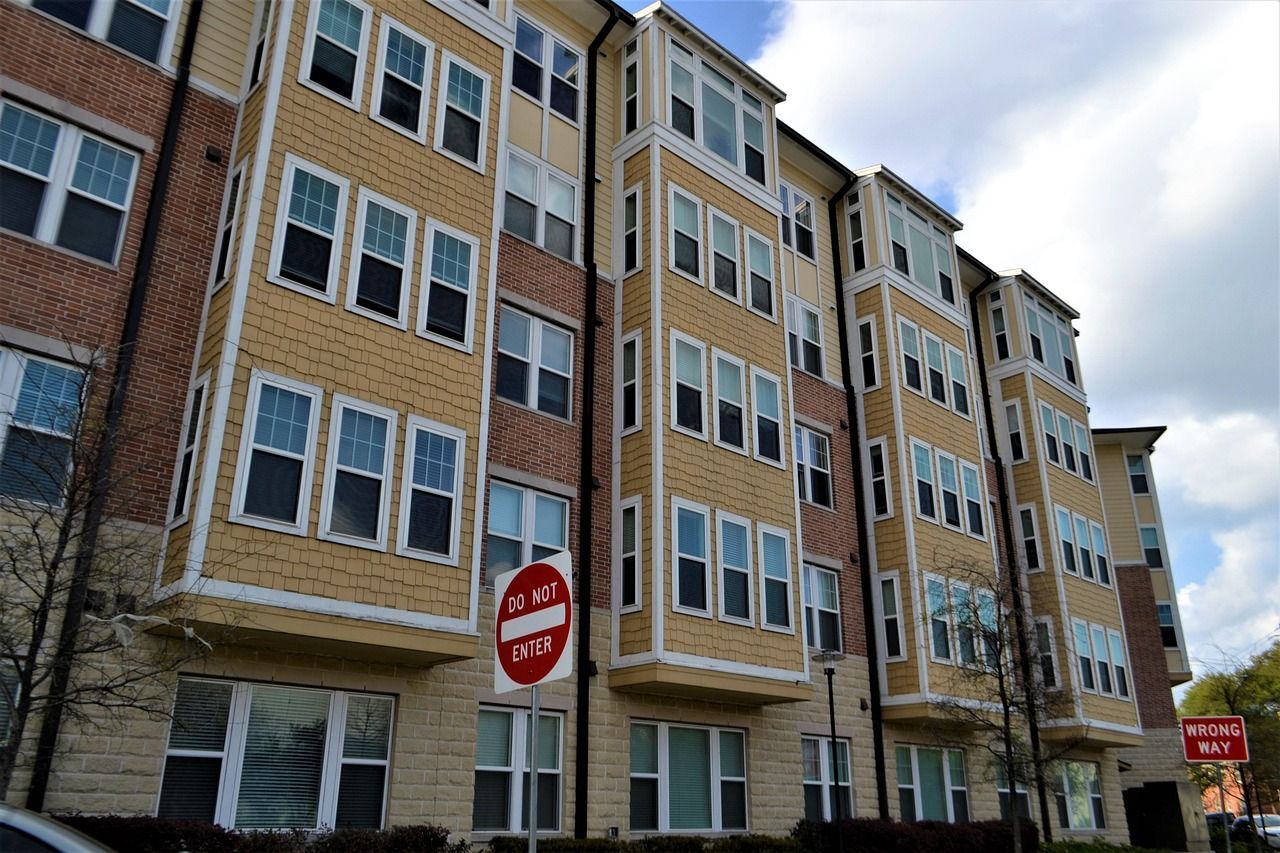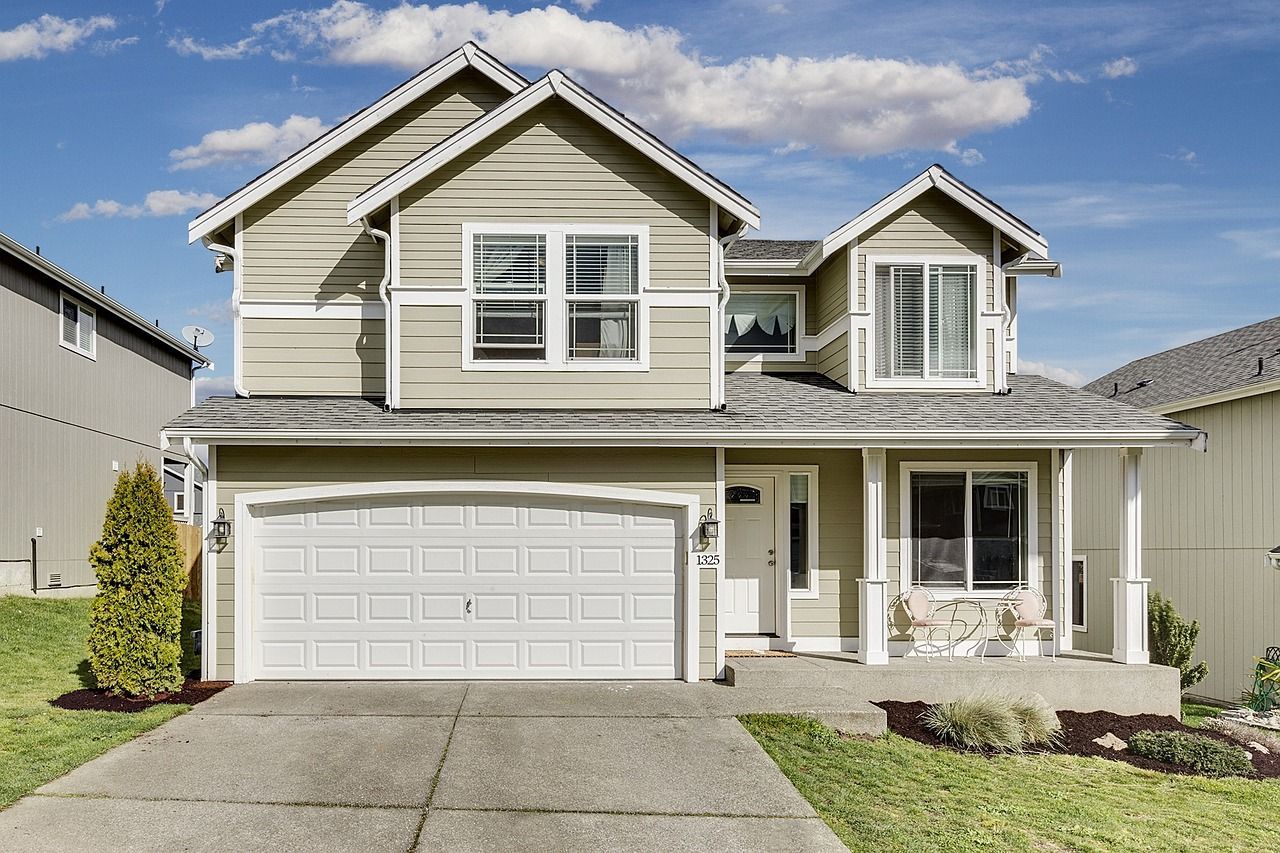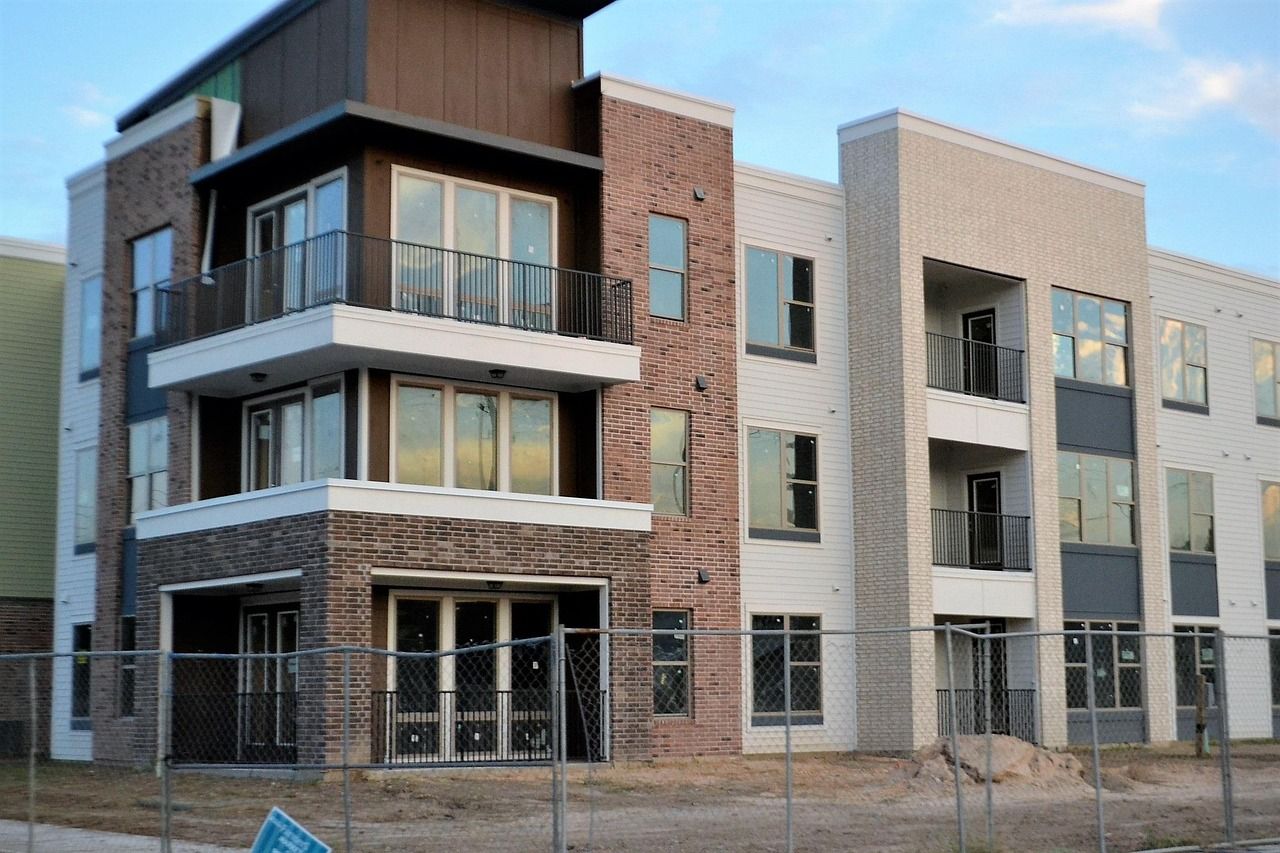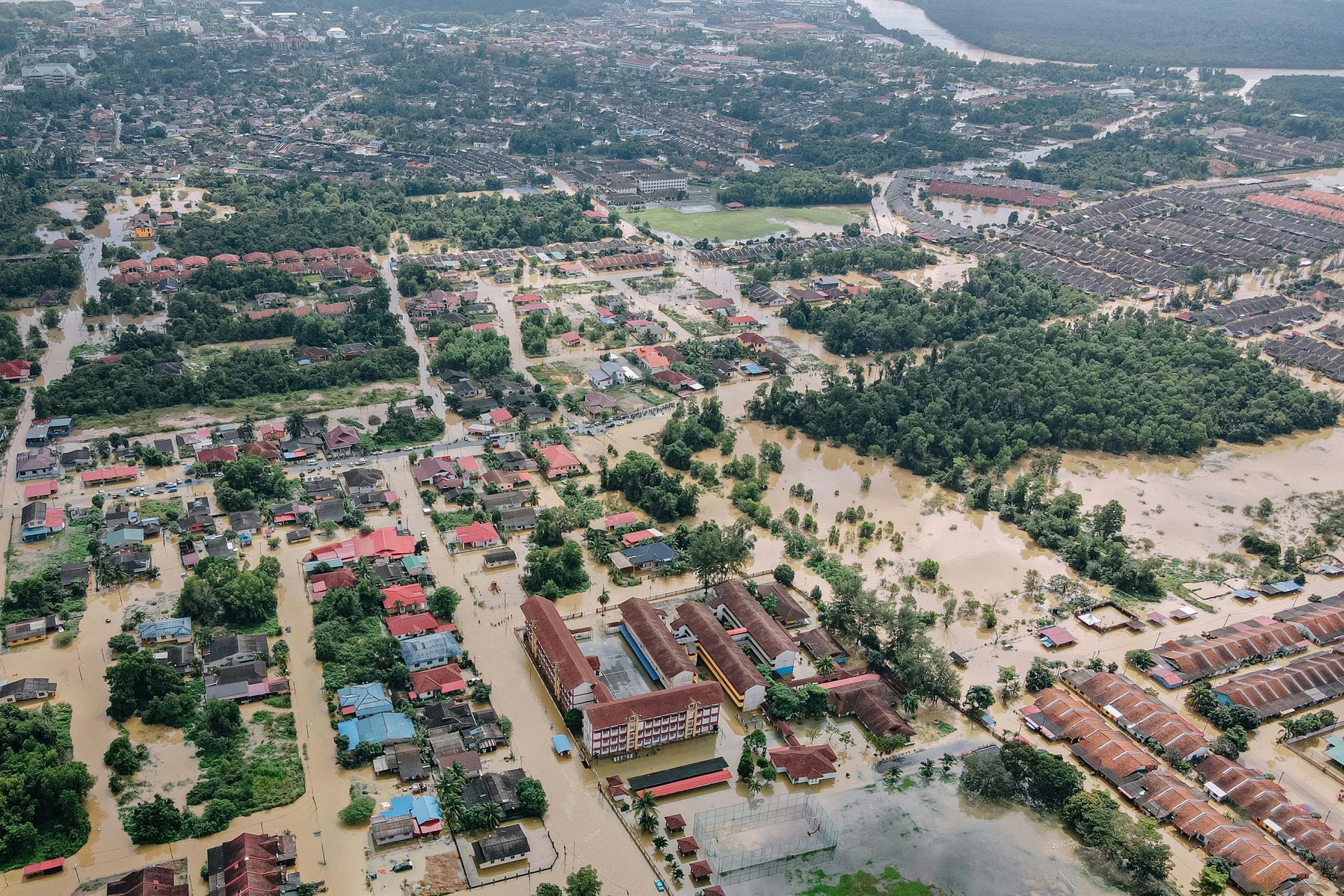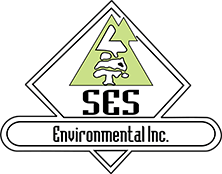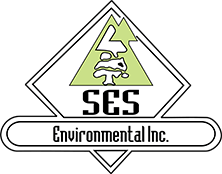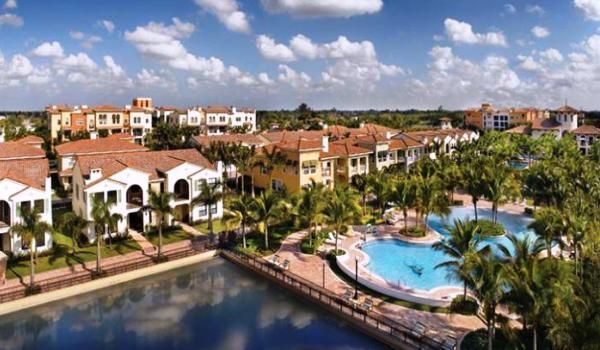Indoor Air Quality: Why It Matters More Than You Think
Indoor air quality
Indoor Air Quality: Why It Matters More Than You Think
For Commercial Buildings in Atlanta • Los Angeles • Houston • Tampa
Most building owners focus on aesthetics, utilities, or energy efficiency — but one invisible factor can impact health, productivity, and property value more than anything else: indoor air quality (IAQ).
From humid summers in Atlanta and Houston to wildfire smoke in Los Angeles and coastal moisture in Tampa, airborne pollutants, allergens, and contaminants can silently affect employees, tenants, and visitors. Understanding and managing IAQ isn’t optional — it’s essential for safety, compliance, and long-term operational success.
🔍 What Is Indoor Air Quality?
Indoor Air Quality refers to the purity of air within a building, including levels of:
- Particulates: Dust, pollen, mold spores, and smoke
- Volatile Organic Compounds (VOCs): Emitted from paints, adhesives, carpets, and office equipment
- Biological contaminants: Bacteria, viruses, and fungi
- Carbon dioxide and other gases: From HVAC systems, fuel-burning appliances, or outdoor pollution
Poor IAQ can cause allergy flare-ups, respiratory problems, fatigue, headaches, and long-term health risks, while high-quality air supports wellness, productivity, and tenant satisfaction.
⚠️ Why IAQ Is Critical for Commercial Buildings
Commercial buildings are unique environments where many people share enclosed spaces for hours each day. Poor IAQ can lead to:
- Reduced Productivity
Employees and tenants who breathe contaminated air are more likely to experience illness or fatigue, reducing overall productivity and increasing absenteeism. - Health and Safety Concerns
Long-term exposure to mold, VOCs, or CO2 can exacerbate respiratory conditions, asthma, and allergies. - Liability and Compliance Risks
Building owners are responsible for maintaining safe air quality under OSHA and EPA guidelines. Failure to comply can result in fines or legal issues. - Damage to HVAC and Building Systems
Dust, mold, and airborne pollutants can reduce HVAC efficiency, increase maintenance costs, and accelerate equipment failure.
🌎 Regional IAQ Challenges
Each market presents its own environmental risks that affect indoor air quality:
- Atlanta: High humidity promotes mold growth in HVAC systems and crawlspaces.
- Los Angeles: Wildfire smoke and urban pollution introduce PM2.5 particles that penetrate indoor spaces.
- Houston: Flooding and coastal moisture increase the risk of mold, mildew, and bacteria growth.
- Tampa: Heat and humidity combined with salt air can accelerate corrosion and support microbial growth indoors.
Understanding local conditions is essential for targeted IAQ management.
🧰 Best Practices for Maintaining Healthy Indoor Air
Effective IAQ management requires both monitoring and proactive solutions:
- Regular HVAC Maintenance
Clean ducts, replace filters, and check humidity controls to reduce airborne contaminants. - Air Quality Monitoring
Use sensors to track particulate levels, CO2, and VOCs to catch problems early. - Moisture Control
Address leaks, condensation, and poor drainage promptly to prevent mold and bacteria growth. - Source Control
Choose low-VOC materials, ensure proper ventilation, and avoid indoor smoking areas. - Professional IAQ Testing
Certified environmental specialists can identify hidden risks like mold spores, asbestos, or chemical contaminants.
🏢 Benefits of Prioritizing Indoor Air Quality
Commercial building owners who invest in IAQ enjoy:
- Healthier, more productive tenants and employees
- Reduced maintenance and energy costs through optimized HVAC systems
- Compliance with regulatory standards
- Enhanced building value and marketability
✅ Take Action Today
Indoor air quality isn’t just a comfort issue — it’s a business-critical factor that protects people, property, and profitability.
For commercial properties in
Atlanta, Los Angeles, Houston, and Tampa, proactive IAQ management ensures a safe, productive, and thriving environment.
📞
Contact our environmental specialists today for an IAQ assessment, testing, or remediation consultation to safeguard your building and occupants.
